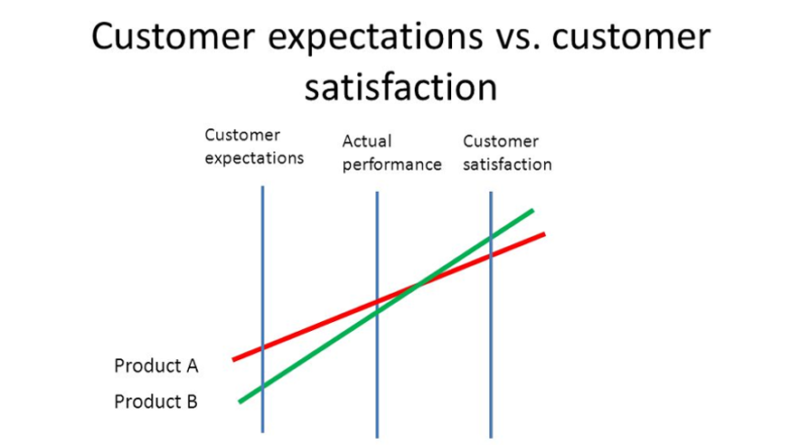We’re caught between the “easy to use” product claims of manufacturers and the mostly ill-informed expectations of consumers. What to do?
Accelerating innovation in the consumer electronics industry is causing increasing stress and disruption in the world of home tech specialists. We’re caught between the “easy to use” product claims of manufacturers and the often-ill-informed expectations of consumers. This divide can put us in uncomfortable situations: improvising system designs and remote control solutions on the fly, managing clients’ post-installation frustrations, and coping with other unanticipated complexities. Who knew digital technology could be so much fun!
In a little over a decade, sales engineering has morphed from simple (matching an amp to a pair of speakers) to complex (retrofitting Atmos®-enabled speakers into challenging ceilings, upgrading or working around an obsolete-but-still-young surround receiver, replacing or adapting video wiring, taming streaming devices, redesigning overloaded home networks, etc.) We’re increasingly drawn into situations—like the “Cut the Cord” debate—where clients expect us to participate in (and take partial responsibility for) their decisions, without giving us control over the choice, and with very little profit incentive. In short, we’re continually invited to enter waters much more uncertain than those we have previously known, and to accomplish great things for our clients—with higher risk and lower reward.
Disappearing advertising options—like local print journalism and broadcast TV—make matters worse, by limiting our ability to explain the new realities of home tech to our local consumer base. They include:
- explaining the actual benefits and limitations of the new technologies from a balanced, consumer-friendly perspective;
- exploring the increasingly important role of the home tech specialist as the only one who can reconcile the realities of the new technologies with the specific needs of the client and the physical limitations of the project; and
- getting beyond the current “IoT widget” mindset, so consumers can understand and appreciate the advantages of true home integration.
Most manufacturers have not helped. They used to be our allies, with brand advertising that brought willing buyers to our doors. But now they co-brand kiosks in Big Box stores, fail to police their own MAP pricing, and even sell directly to consumers on their websites.
These and other disruptive forces have pushed us out of a well-defined comfort zone (the A/V Retailer business model) into a new, more complicated and uncertain one (the Smart Home Integrator model), and dropped us into a treacherous new landscape. To survive and prosper, we must learn to navigate—and then master—this new terrain.
In the months ahead, we will explore and analyze these disruptive forces, present new business strategies, and offer solutions to keep our sector vibrant, sane, and profitable. Here are some of the topics:
- Re-Visioning Customer Support. Post-installation component failure is rare today, but loss of configuration and other digital communications failures are rampant. We’ll discuss strategies to cope with this new reality—and make some money.
- Cord-Cutting: Opportunity or Headache? Some guidelines to help you navigate this quagmire.
- Human Factors in System Design and Control. Get up to speed fast; you won’t need a graduate degree.
- Vendor or Service Provider? Is the retail model (and its high overhead costs) still viable for your business.
- Managing Digital Frustrations. Electronics designers are digit-heads, but most of our clients sport analog brains. Here’s how to translate.
- Outsourcing HR and Other Business Peripherals. If they’re not a core part of your business—consider outsourcing them. You have enough headaches!
- Integrating Across Platforms. Only home tech specialists can do this. Spread the word!
- Install-day Infrastructure Surprises. Tired of the hidden splitters and obsolete wiring that screw up the install schedule? There’s a better solution. Stay tuned.
You can also follow and find George at:
SmartHomeGallery.com
AxiomHomeTech.com


